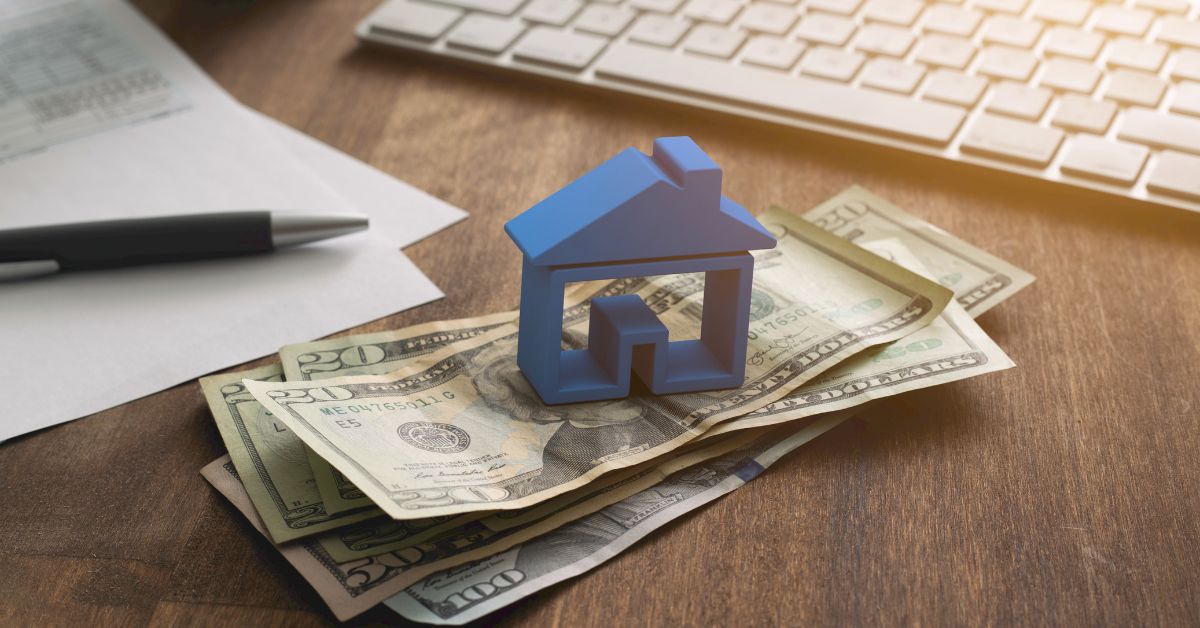What’s Ahead For Mortgage Rates This Week – January 2, 2023
 Last week’s economic reporting included readings on U.S. housing markets, pending home sales, and weekly readings on mortgage rates and jobless claims.
Last week’s economic reporting included readings on U.S. housing markets, pending home sales, and weekly readings on mortgage rates and jobless claims.
S&P Case Shiller Home Price Indices: Month-to-moth home prices fall in October
U.S. home prices fell in October for the fourth consecutive month. Wavering demand for homes was caused by rising mortgage rates and high home prices in many regional markets. The 20-City home price index showed the top three cities with the highest month-to-month home price declines were Miami. Florida with a -1.0 percent decline, Tampa, Florida where home prices declined by -0,8 percent, and Charlotte, North Carolina where home prices dropped by -0.9 percent month-to-month in October.
Year-over-year home prices rose by 21 percent in Miami, Florida; year-over-year home prices rose by 20.5 percent in Tampa, Florida. Charlotte, North Carolina reported a year-over-year home price gain of 15.0 percent as of October.
The Federal Housing Finance Agency reported that home price growth was flat from September to October as compared to a month-to-month gain of 0.10 percent in September. Analysts said that high home prices and mortgage rates have decreased demand for homes as would-be buyers face affordability issues and strict mortgage credit requirements.
Mortgage Rates Mixed, Jobless Claims Rise
Freddie Mac reported higher fixed mortgage rates last week as the average rate for 30-year fixed-rate mortgages rose by 15 basis points to 6.42 percent. Rates for 15-year fixed-rate mortgages fell by one basis point to an average of 5.68 percent.
New jobless claims rose last week to 225,000 initial claims filed as compared to 216,000 initial claims filed in the previous week. Analysts expected a reading of 223,000 first-time jobless claims filed. Ongoing jobless claims rose last week with 1.71 million continuing jobless claims filed as compared to 1.67 million continuing jobless claims filed in the previous week.
What’s Ahead
This week’s scheduled economic news includes readings on construction spending, minutes of the most recent Federal Open Market Committee meeting, and public and private-sector jobs data. Weekly reports on mortgage rates and jobless claims will also be released.

 Home ownership may be one of the most familiar goals of adulthood, but there’s more than one reason why so many people flock towards this type of investment and leave the rental market behind. If you’re trying to decide if you should make the big plunge towards buying, here are some benefits of saving up for a down payment and finding the right place to settle in.
Home ownership may be one of the most familiar goals of adulthood, but there’s more than one reason why so many people flock towards this type of investment and leave the rental market behind. If you’re trying to decide if you should make the big plunge towards buying, here are some benefits of saving up for a down payment and finding the right place to settle in. Are you thinking about buying a new home using a mortgage loan? If you’ve just graduated from college, you’re probably wondering how your student loans will impact a mortgage and what your options are. In today’s post we’ll share three things that you need to know about mortgages if you’re still working on paying off your student loan debt.
Are you thinking about buying a new home using a mortgage loan? If you’ve just graduated from college, you’re probably wondering how your student loans will impact a mortgage and what your options are. In today’s post we’ll share three things that you need to know about mortgages if you’re still working on paying off your student loan debt.